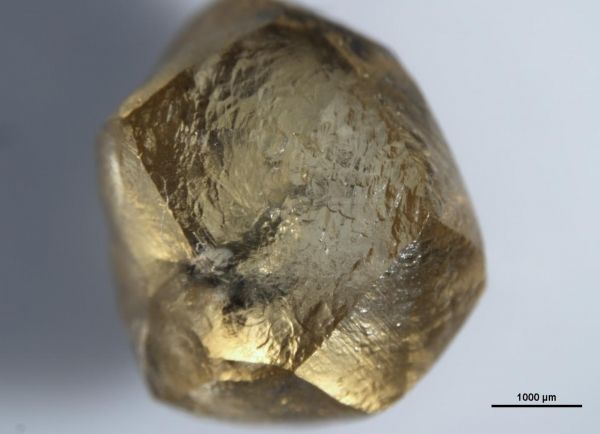The longevity of Earth’s continents in the face of destructive tectonic activity is an essential geologic backdrop for the emergence of life on our planet. This stability depends on the underlying mantle attached to the landmasses. New research by a group of geoscientists from Carnegie, the Gemological Institute of America, and the University of Alberta demonstrates that diamonds can be used to reveal how a buoyant section of mantle beneath some of the continents became thick enough to provide long-term stability.
“We’ve found a way to use traces of sulfur from ancient volcanoes that made its way into the mantle and eventually into diamonds to provide evidence for one particular process of continent building,” explained Karen Smit of the Gemological Institute of America, lead author on the group’s paper, which appears this week in Science. “Our technique shows that the geologic activity that formed the West African continent was due to plate tectonic movement of ocean crust sinking into the mantle.”
Diamonds may be beloved by jewelry collectors, but they are truly a geologist’s best friend. Because they originate deep inside the Earth, tiny mineral grains trapped inside of a diamond, often considered undesirable in the gem trade, can reveal details about the conditions under which it formed.
“In this way, diamonds act as mineralogical emissaries from the Earth’s depths,” explained Carnegie co-author Steve Shirey.
Read more at Carnegie Institution for Science
Image: A raw diamond from Sierra Leone with sulfur-containing mineral inclusions. (Credit: Courtesy of the Gemological Institute of America)


